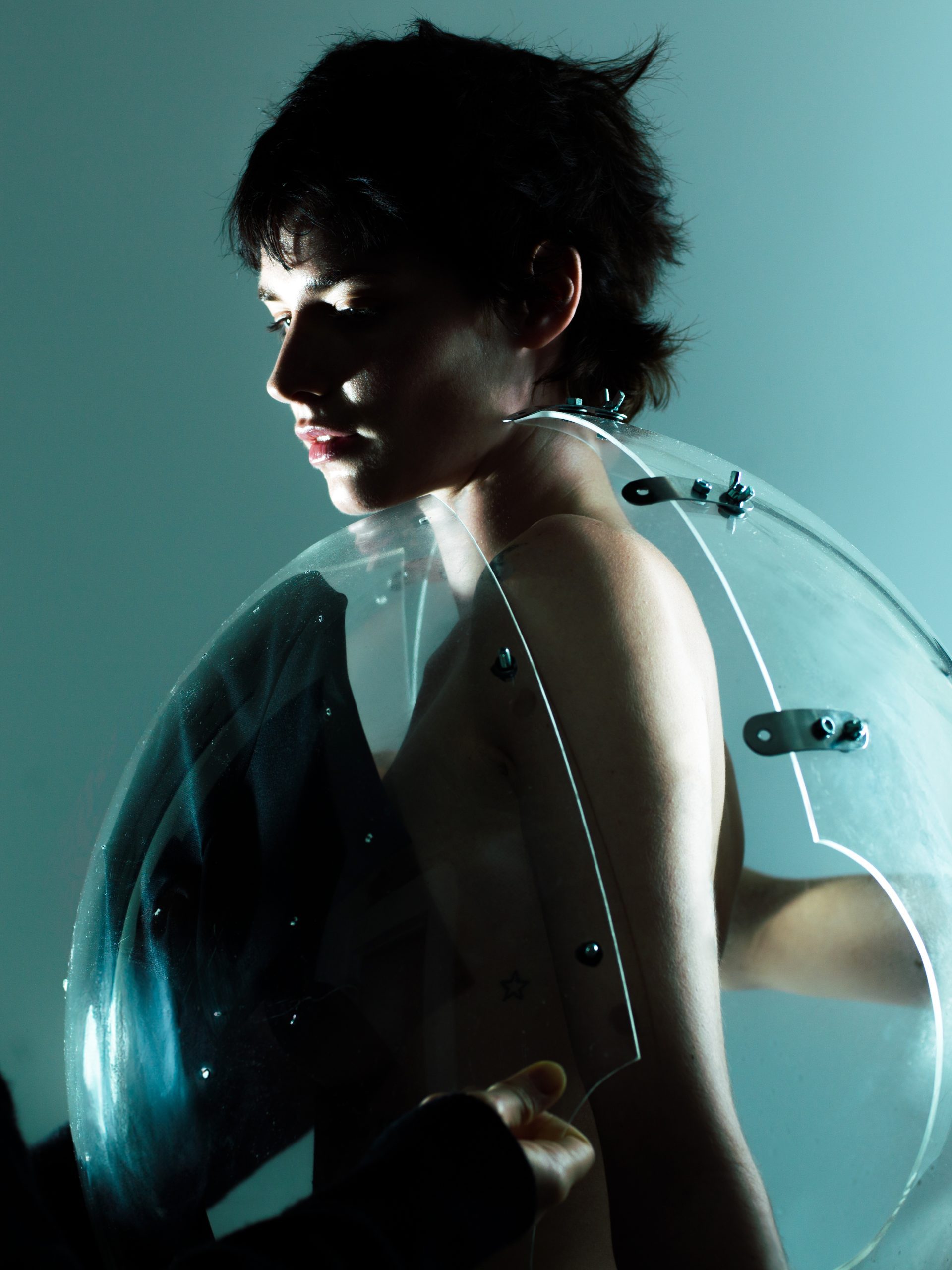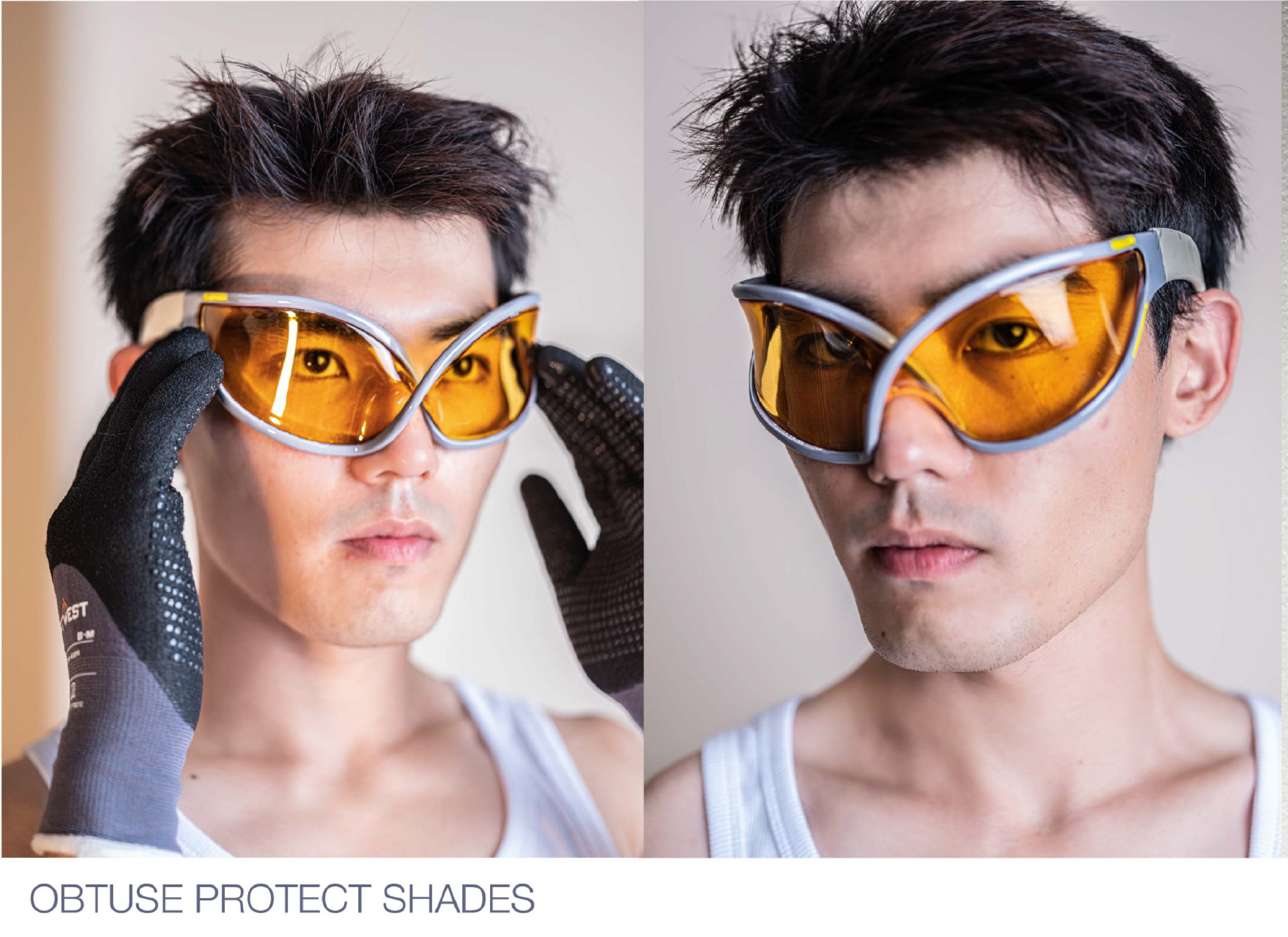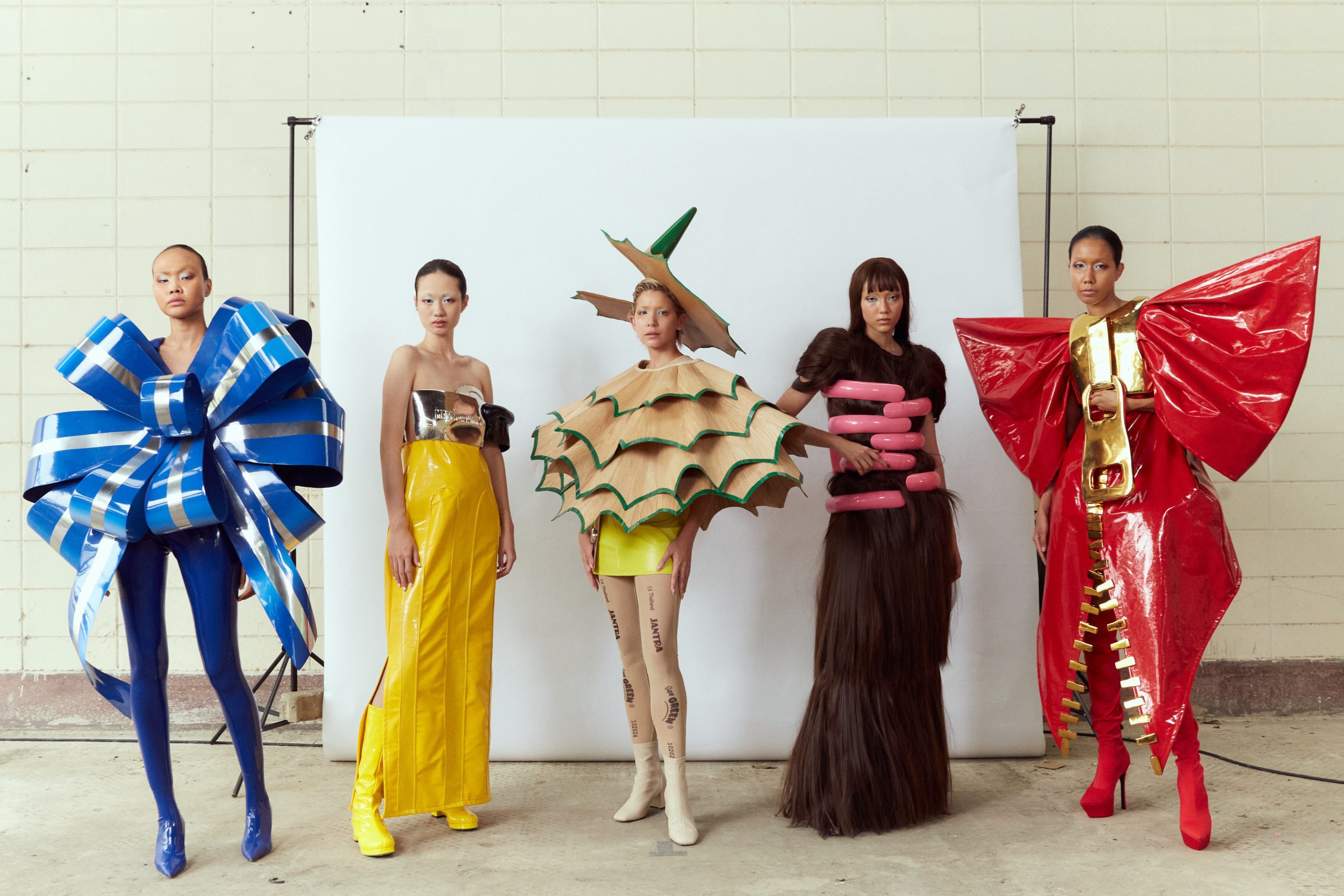The digitalisation of the fashion industry has extended far beyond the realms of social media and entered into the vast world of gaming. High fashion is no longer solely accessible to those with tangible wealth or disposable income, as anyone with a penchant for video gaming has the opportunity to deck out their virtual personas in the likes of Louis Vuitton, Burberry and Gucci.
This is not necessarily a new concept– The Sims has partnered with numerous brands in the past, such as H&M, Moschino and Diesel. However, what I find to be a more notable, yet early instance, one which pioneered the way for the gamification of fashion, was between Louis Vuitton and League of Legends back in 2019.
Within this, Louis Vuitton designed a tailor-made trunk – which took over 900 hours to construct – to hold the trophy which would be presented to the winning team of the League of Legends World Championship. The case was a perfect representation of the two worlds colliding, as it featured the classic Louis Vuitton monogram alongside high tech elements, including powerful LEDs, screens on each side of the trunk, and a smoke machine. In addition, Nicolas Ghesquière – the women’s creative director at LV – designed prestige skins for specific characters within the game, alongside a fifty-piece capsule collection.
This was not the first time that Ghesquière weaved the world of gaming into one of his collections. ‘Lightning’ – a highly popular character in the Final Fantasy franchise – fronted Louis Vuittons ‘Series 4’ campaign in 2016. Ghesquière himself described her as the “perfect avatar” for a world in which “social networks and communications” are woven together seamlessly. Selecting a fictional character to head a fashion campaign was highly innovative, and really paved the way for the collusion of the two industries.
Following the French fashion house’s project, the number of fashion and gaming collaborations has increased drastically in recent years. The fashion industry is expanding , and appealing to a wider range of people than it did in the past. Meanwhile, online gaming has never been more relevant than in today’s society – as three billion are said to take part in the activity globally – making it the ideal time for such partnerships to provide as the perfect amalgamation of the two worlds.
However, there is a slight risk that these collaborations may, at times, appear gimmicky, and unauthentic to the brand, thus damaging its luxury image. In addition, should the brand’s aesthetic not align with that of the game, the marketing impact may be muffled. Although, there are ways around this, and a clear example of careful and intentional mismatching would be the Burberry x Minecraft collaboration. Whilst the two brands do not necessarily compliment one another, the package included access to a world which was an alternate reality of London, and this extended reality element cleverly included creative references to the Burberry brand. This was the antithesis of the typical Minecraft landscape, however it provided the ideal setting for this collaboration. In addition, the virtual clothing was appropriate and consisted of Burberry icons such as the trench and scarf, which meant the integrity of the brand was not compromised.
In fact, the concept was replicated by Gucci and Roblox in 2022, with the introduction of ‘Gucci Town’. This location in the Roblox landscape provided a space to immerse within the Gucci brand, and witness product drops. There was a store, cafes and a creative corner, all of which allowed players to understand the ins and outs of the Italian Fashion House. This was a step beyond Minecraft x Burberry, proving that the collusion between fashion and gaming is set to continue evolving, as brands look towards past collaborations and attempt to one up them.
Further collaborations include the likes of Balenciaga and Fortnite. This partnership marked the first time that Fortnite delved into the world of high fashion (they have since worked with other brands such as Ralph Lauren). Within this, Balenciaga introduced a set of outfits for four characters within the game, allowing players to express their personal style and creative flair.
This was not the first time that Balenciaga has tampered with the world of video games. They released their own Multi-platform game – Afterworld: The Age of Tomorrow – as an innovative way to show their Fall 2021 collection. In a world in which fashion shows are consistently evolving, this truly is something to keep an eye on, as other brands may follow suit, choosing to create immersive worlds to display their future collections.
So why are high fashion brands continuing to enter this arena? The answer is to keep younger audiences engaged and invested.
Gen Z – who have grown up with a smartphone in hand – have a knack for expressing their identity in digital spaces. Whilst social media is the obvious platform which springs to mind, online gaming is no different. Avatar customisation allows for self-expression within the metaverse, and fashion expansion packs provide the opportunity for one to reflect their personal style through their characters. This leaves an impact on the consumer, and allows them to feel more connected to high end brands, which in the real world is not always attainable.
As we enter into the new year, there is little doubt that the relationship between the two industries will be drawing to a halt any time soon. The interconnection of the two worlds acts as a constant reminder of how the fashion industry is growing technologically, as it continues to evolve in accordance with the expansion of the virtual world.
2024 is set to be the year that Fendi enters the gaming scene – as it partners with streetwear brand Fragment and the iconic game Pokemon – in celebration of the Chinese Year of the Dragon. A range of digital pieces are set to be released in the game, alongside highly collectable real world items. Iconic bags, such as the Baguette and the Peekabo, have been reimagined with characters from the gaming franchise. Also this year, perhaps brands will not just collaborate with games, but begin to become more positioned as game creators, following in the footsteps of Balenciaga. This will allow consumers to entirely immerse themselves into a world created by a brand, and would provide an innovative way for fashion houses to convey their morals and brand identities.
Writen by Lucy Ashburner Contributor at GLITCH





